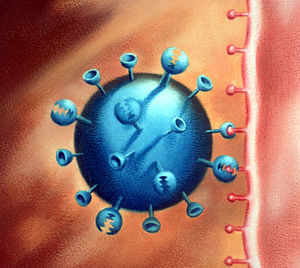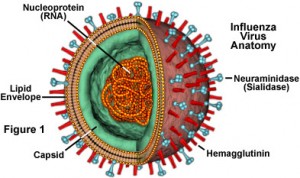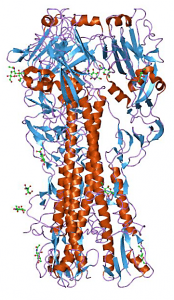Universal Flu Vaccine Successful in Animals

Two independent research groups have successfully tested a universal flu vaccine in animals. Mice, ferrets and monkeys were infected with different flu strains and treated with the same vaccine. The experimental vaccine prevented the animals death or reduced the flu symptoms. A similar vaccine for humans would make unnecessary the annual flu vaccine reformulation and vaccination, and would protect against viral transmissions from other species. The studies were published in Nature Medicine and Science.
Vaccines usually contain a weakened or dead form of a disease-causing microorganism, its toxins or its surface proteins. This material stimulates the subject´s immune system. In future encounters with the antigen, it will be recognize and destroyed. The flu vaccine is an example of subunit vaccine, where instead of the whole microorganism, just a fragment is introduced in the body to create the immune response. Conventional flu vaccines target the “head” of haemagglutinin (HA), an integral membrane glycoprotein found on the surface of influenza viruses. It binds the virus to cells with sialic acid on the membranes, such as erythrocytes. HA is also essential to enter the host cell, as it mediates the fusion of the viral envelope with the endosome membrane. But HA has a high mutation rate, rendering flu vaccines effective just for a limited period of time.
Target the stem, not the head!
A new approach by two independent research teams might be the solution to produce enduring vaccines. Both groups created flu vaccines that target the “stem” of the HA molecule instead of the head, as the former is similar for different flu strains and mutates less often. Dr. Graham´s team at the National Institutes of Health in Maryland attached an HA stem segment to protein nanoparticles that stabilized it and eased recognition by the immune system. Dr. Antonietta Impagliazzo and her team at the Crucell Vaccine Institute in Leiden eliminated the head from the HA molecule and modified the stem to make it prone to binding antibodies. Both vaccines were successfully tested in animals. Clinical trials to develop similar vaccines for humans are the next step, which is a few years ahead.
Source: Nature Medicine, Science, The Guardian.


